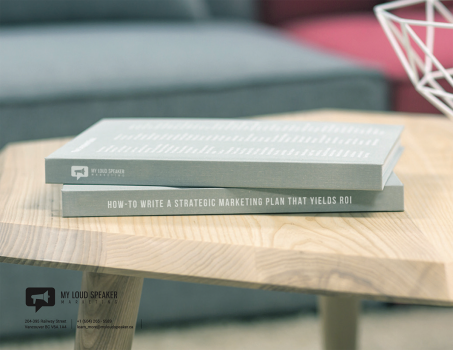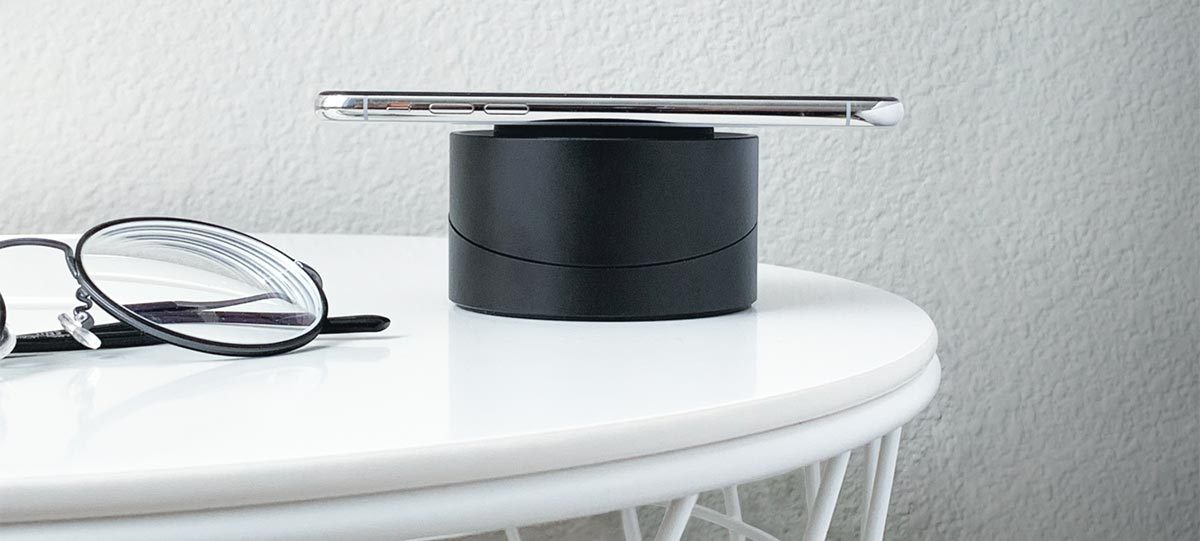
The Media Buyer Strategy: The World is Your Canvas
It would seem the most important aspect of being a media buyer is setting a budget and making sure the project comes through within that number. What happens in between — negotiation, placement, timing — are just details. Right?
If that’s your take on media buying, you’ve heard it all wrong. A lot of time and thoughtful planning goes into the media buying process, and it takes a certain type of person to execute his or her creative strategies. But first, let’s get into what media buying really is.
THE TRUTH ABOUT MEDIA BUYING
It’s the pursuit of attaining a share of media, whether from traditional channels such as TV, a publication, or radio, or non-traditional, online forms of media, for the purpose of advertising. Its primary function is to negotiate the best rates from media proprietors — yes — but its more impactful function seeks to secure optimal placement and to provide value to both the advertiser and consumer.
When Pigs Fly | Source: Youtube – Nelson Talbot
Doritos and other comfort junk foods often try to snag a spot during the SuperBowl. The annual event is prime viewing for a huge chunk of American consumers, with buyers capturing the demographic that probably already has its hand deep into a bag of chips.
In exchange, advertisers get better mileage out of their dollars (perhaps a higher reach or frequency), and, consequently, more return on investment (ROI) on their marketing budgets. Placing a radio ad at 2 p.m. on a Friday for $250 doesn’t mean anything to the company if their target market and the value of the message isn’t considered by the buyer.
THE DIGITAL AGE OF MEDIA BUYING
Now that we’re in the digital age, online media buying is gaining in popularity for a variety of reasons: reasonable cost, ROI, and measurability. You can place an ad on a popular blog for a month for much cheaper than you would in a print publication for just one day. With a low buy-in, getting your ROI is much less risky. Furthermore, web analytics are able to determine where your most successful “hits” came from, and who bought from where — this helps greatly in determining where you will and won’t buy again.
However, offline, or “traditional” media, provides a level of brand clout that online doesn’t provide. A print publication that’s been around for decades — say GQ Magazine — has a guaranteed readership of millions. Prime time television has a guaranteed number of eyes on the screen, making it an ideal time to share your message.
And there’s also no reason you can’t use traditional platforms in a creative way. For example, don’t get stuck with the idea that a bus stop can only be used as a place to stick a picture. These creative bus stop advertisements made use of the high-traffic and visibility their platform provided, but also gave the consumer an opportunity to interact in a meaningful way with the posters.
Star Wars bus stop Ad by enVision (Aarhus, Denmark) | Source: Demilked
As demonstrated by the bus ads, the best thing a media buyer can do is leverage both the visibility and price with the impact of the message. Here’s what media buyers should take note of: the message is more important than the medium.
WHAT WE REALLY WANT
So now that you know the main functions of what it means to be a media buyer, where can you start? We use this outline as a draft to narrow down what we really want.
- Outline your executive summary: what is the summary of your overall strategy?
- Ask yourself: What are the objectives and how will you achieve them?
- Which media outlets are on your radar based on the previous two steps?
- Define your budget.
- Define how much you’ll allocate to each outlet.
- Define what you hope to achieve with each chosen outlet.
As a media buyer buying for a new campaign, the first step is really understanding the message and strategizing the best way to deliver that message to the target audience. Make sure you research the advertiser’s target market. Start with the obvious questions: What gender are they? What’s their household income? What’s their age group? What media do they primarily consume?
Once the buyer determines what the target market is and where they go to consume media, then we analyze and select various media outlet choices.
Achieving the company’s advertising objectives through the chosen media platform is the buyer’s principle goal. So, once the focus is narrowed to a few outlets, the next thing to hone in on are which programs, sections, shows and more are going to appeal to that target.
This is where the analytical buyer scrutinizes audience loyalty, viewing times, and the outlet’s credibility. After meetings are set up with media reps, the negotiations for best placement and rates begin.
The ever-analytical media buyer may use the following outline to compare and contrast each media outlet—their prices, their value offered, and their clout among your target.
Example: Media Outlet 1
- Target served:
- Definition of qualified market reached by this outlet:
- Circulation Numbers:
- Key Classifications of circulation if applicable (This is extremely helpful if you break out by percentage.):
- Recommended Schedule:
- Costs:
- Negotiated Rate:
- Rate Card Rate:
- Total Negotiated Savings per Advertisement:
- Total Negotiated (Monthly / Yearly) Savings:
- Total Costs:
- Ad Placement Guarantee: (Where will the ad appear and when? What pages and what dates?)
- Are their bonus placements for the media buy?
- Is there any added value to the placement? Perhaps a free report, company profile, listing in a directory or e-blast mention?
- Rationale behind the placement? Summarize the reasoning for placing this media buy. You can also use comparisons to other media outlets vs. this one.
Now that you’ve got a checklist to refer to when considering doing a media buy, the creative part comes next. Check out what inspires us at My Loud Speaker, and if you need more ideas or help seeing your vision through, give us a call!
Header Photo: kaboompics via freestock.photo
If you want to learn more about specific key elements of an effective marketing plan, read our 50+ page booklet on How to Write A Strategic Marketing Plan That Yields ROI – complete with explanations





